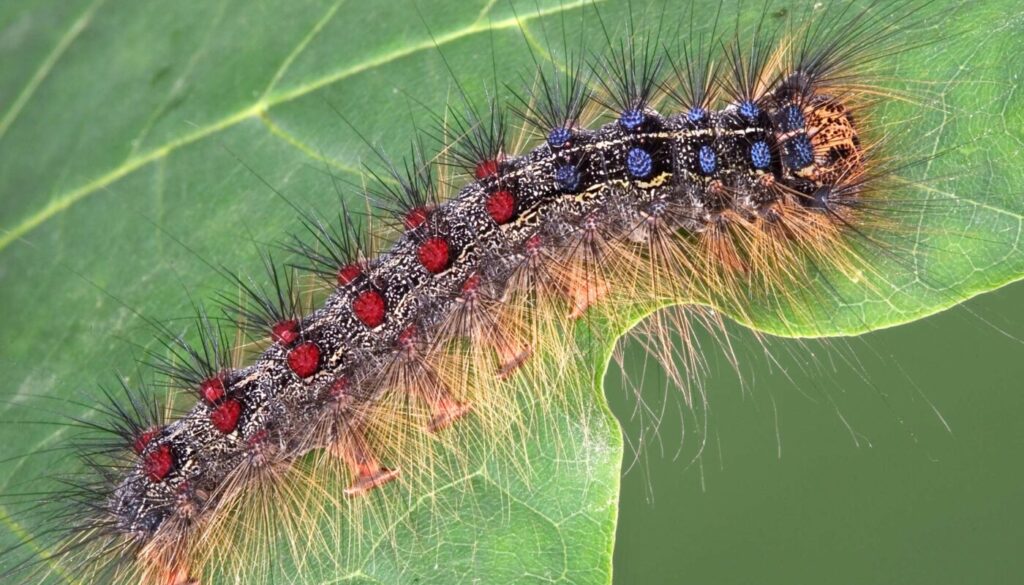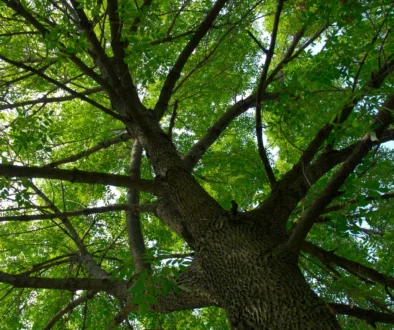Spongy Moths Formerly Known as Gypsy Moths.
Spongy Moths Formerly Known as Gypsy Moths.
Spongy moths, formerly known as gypsy moths, are an invasive species in Wisconsin, capable of causing significant defoliation of trees. They are known to have outbreaks every 10-12 years, with the most recent one occurring in 2023. The caterpillars of the spongy moth are the destructive life stage, feeding on leaves and potentially weakening trees.
-
Invasive Species:
Spongy moths (Lymantria dispar) are not native to Wisconsin and were introduced from Europe, Asia, and North Africa.
-
Destructive Caterpillars:
The caterpillars are the primary concern, as they feed on the leaves of trees and shrubs.
-
Defoliation:
Repeated defoliation can weaken trees, making them more susceptible to other pests and diseases.
-
Outbreaks:
Populations of spongy moths tend to fluctuate, with outbreaks occurring roughly every 10-12 years.
-
Slow the Spread Program:
The Wisconsin Department of Agriculture, Trade and Consumer Protection (DATCP) participates in a “Slow the Spread” program to manage the spread of spongy moths, particularly in western Wisconsin.
-
Monitoring and Control:
The DNR and DATCP monitor spongy moth populations and use various methods, including aerial spraying, to control their spread.
-
Homeowner Management:
Homeowners can take steps to manage spongy moths on their property, such as destroying egg masses and using burlap bands.
-
Report sightings:
If you find spongy moths outside of quarantined areas, you can report them to the Wisconsin DATCP.
-
Consult the Wisconsin DNR website:
The Wisconsin DNR website provides information on identifying and managing spongy moths, says the Wisconsin DNR.
-
Consider professional help:For high-value trees, you may want to consult with a tree care professional about insecticide treatments.Call Johnson Ops Tree Care for a Plant Health Care evaluation of your trees, one of our Certified Arborists will be happy to meet with you to go over any concern you may have regarding your trees.




